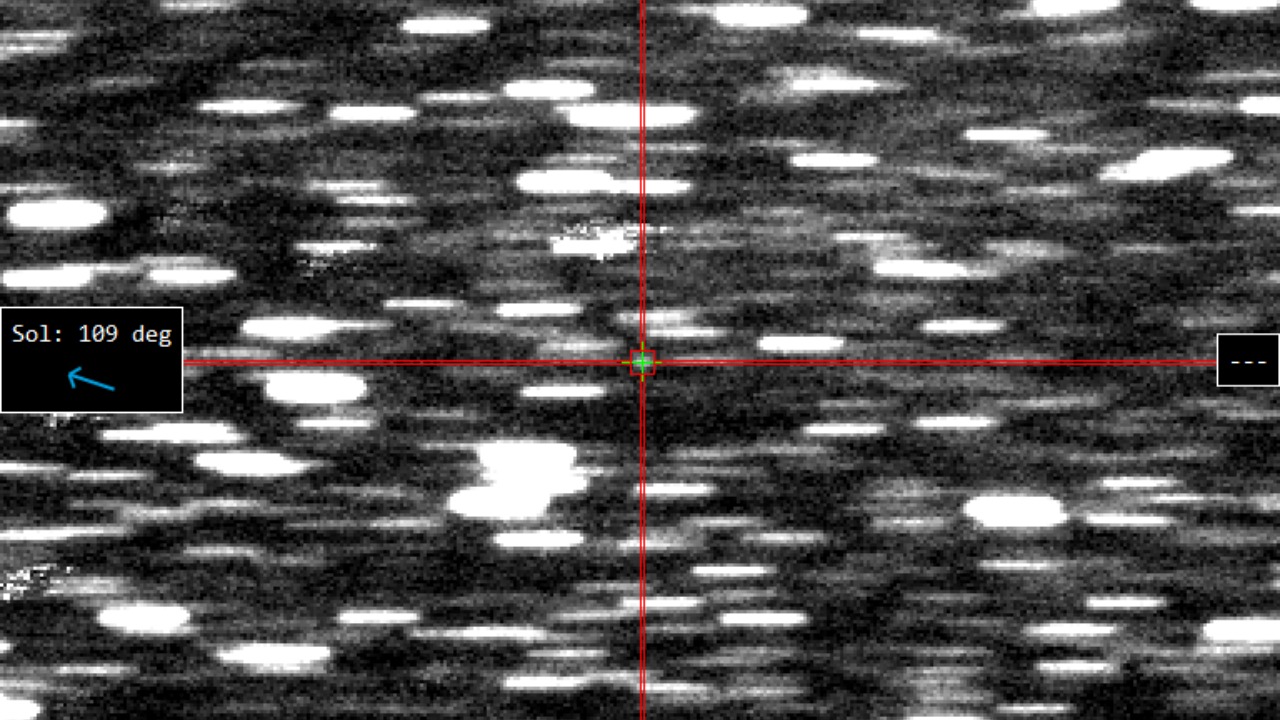
Harvard astrophysicist Avi Loeb has stirred the scientific community with a bold proposition. He suggests that the recently identified quasi-moon, 2025 PN7, might not be a natural celestial body but a relic from the Cold War era. According to Loeb, this mysterious object orbiting Earth could be a remnant of a Russian satellite from the 1960s. This theory not only challenges the initial assumptions about the object’s natural origins but also underscores the enduring presence of space debris from decades past.
Discovery of 2025 PN7
The detection of 2025 PN7 as a quasi-satellite orbiting Earth was a significant development in the field of astronomy. Classified due to its proximity to our planet, this object follows an unusual path that mimics a moon but does not fully orbit Earth, distinguishing it from typical asteroids. The unique trajectory of 2025 PN7 sparked interest among scientists, leading to debates about whether its origin is natural or artificial.
Initial observations of 2025 PN7 revealed intriguing characteristics that fueled further investigation. Its size, composition, and stable orbit near Earth were among the factors that led some scientists, including Loeb, to question its natural origins.
Avi Loeb’s Expertise in Space Anomalies
Avi Loeb is no stranger to investigating interstellar objects and space debris. As a Harvard astrophysicist, he has dedicated his career to studying anomalies in space and has a reputation for challenging conventional wisdom. His previous work on artifacts like ‘Oumuamua has informed his approach to unexplained near-Earth objects, including 2025 PN7.
Loeb’s methodology emphasizes empirical data over assumptions. He argues that the characteristics of 2025 PN7 align more closely with human-made artifacts than asteroids, leading him to propose the theory of its artificial origin.
The Cold War Space Race Context
The Cold War era was marked by a proliferation of Russian satellites, with numerous launches taking place in the 1960s. These missions left remnants in orbit, some of which continue to circle our planet today. The characteristics of 2025 PN7, according to Loeb, match those of debris from key Soviet programs of that period.
However, tracking such objects presented significant challenges due to the limited technology available at the time. As a result, many of these remnants have remained unaccounted for, potentially including 2025 PN7.
Evidence Supporting the Satellite Theory
Several factors support Loeb’s theory that 2025 PN7 is a Cold War relic. Its size and metallic composition suggest an artificial origin rather than a natural quasi-moon. Furthermore, the object’s stable orbit near Earth aligns with the expected behavior of degraded 1960s spacecraft remnants.
Trajectory data also supports this theory. The path of 2025 PN7 does not match known asteroids but fits patterns of Cold War-era satellite decay. These factors, combined with the historical context of the space race, lend credibility to Loeb’s hypothesis.
Implications for Space Debris Management
If confirmed as a Cold War relic, 2025 PN7 would underscore the growing threat of orbital debris from the 1960s. This revelation could prompt a reassessment of current tracking systems and strategies for managing quasi-satellites that could pose collision risks.
Addressing this issue may require international cooperation, involving both Russia and the U.S., to catalog and mitigate such remnants. The case of 2025 PN7 could serve as a catalyst for these efforts, highlighting the need for a comprehensive approach to space debris management.
Future Investigations and Debates
Further investigation of 2025 PN7 is planned, including spectroscopic analysis to confirm the presence of artificial materials. These studies could provide definitive evidence supporting or refuting Loeb’s theory. However, the debate is far from over, with some astronomers maintaining that 2025 PN7 is a natural quasi-moon.
Loeb’s hypothesis that 2025 PN7 is a Russian satellite remnant has sparked discussions about potential missions to rendezvous with the object for closer study. Such missions could provide valuable insights into the history of space exploration and the enduring legacy of the Cold War space race.
More from MorningOverview